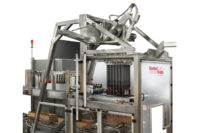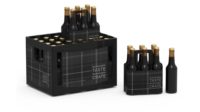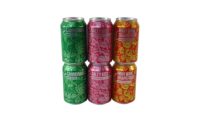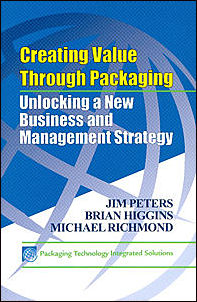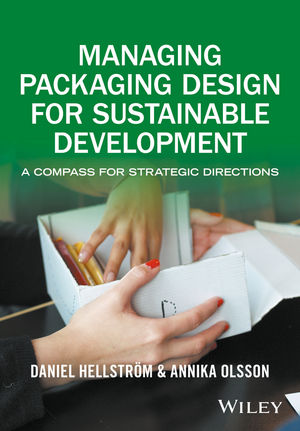A 40 percent cost savings. Check.
A 64 percent reduction in secondary packaging materials used. Check.
A 73 percent reduction in trucks delivering the packaging materials. Check.
And perhaps the most important result: a 300 percent growth through national retailers. Check that one, too.
This was the case when Oskar Blues, a craft beer brewer, teamed up with Dow Packaging and Specialty Plastics, Berry Global and Ampacet to develop an industry-first printed collation shrink packaging for its 24-can variety cases. Specifically, the shrink solution serves as secondary packaging, wrapping the corrugated trays. It replaces an older monolayer shrink wrapping, which held two 12-pack cartons together. And it scores big points in shelf appeal, as the shrink packaging features Oskar Blues’ branding and design.
“The new package is a high-clarity, high-strength co-extruded shrink film reverse printed with eye-catching graphics,” explains Markay Harrington, Berry Global’s shrink film product line director. “These decisions make financial sense, as by moving from paperboard boxes to new, shrink film packaging, Oskar Blues saw a 40 percent cost savings.”
Additionally, following the initial equipment investment, the film costs less per unit packaged than conventional packaging materials. This helps to reduce warehouse space and the need for raw materials. Though this type of secondary packaging is seemingly ideal for craft breweries, Oskar Blues is among the pioneering companies to take advantage of all that it offers.
“It is surprising that more craft breweries have not switched to printed shrink bundle film due to the potential market acceptance, cost savings and environmental benefits,” says Harrington. “One of the reasons may be that the initial equipment investment needed to run shrink bundle film may be difficult for some craft brewers to justify based on their volume. We have seen a lot of interest from craft brewers in our printed shrink film this past year and expect to see a lot of growth in this market. We have seen this packaging trend in Europe for quite some time, and now we’re seeing it move to North America.”

